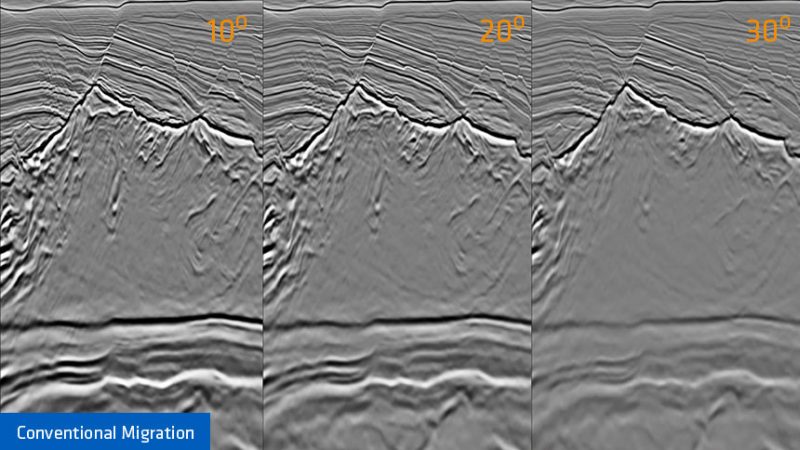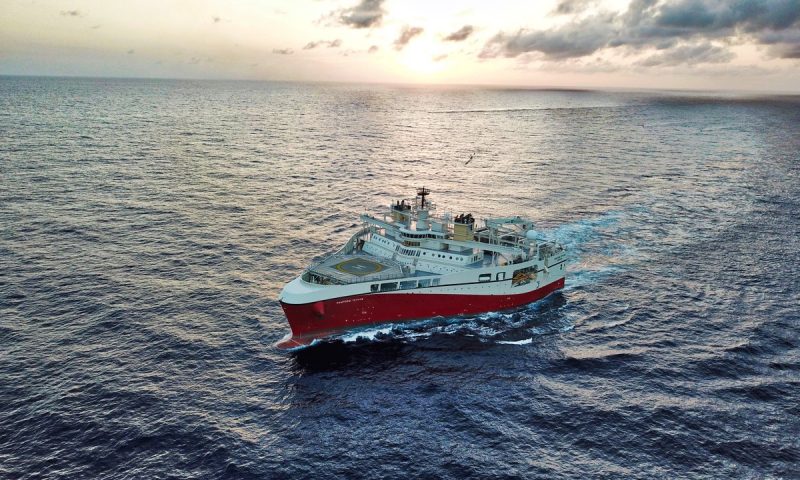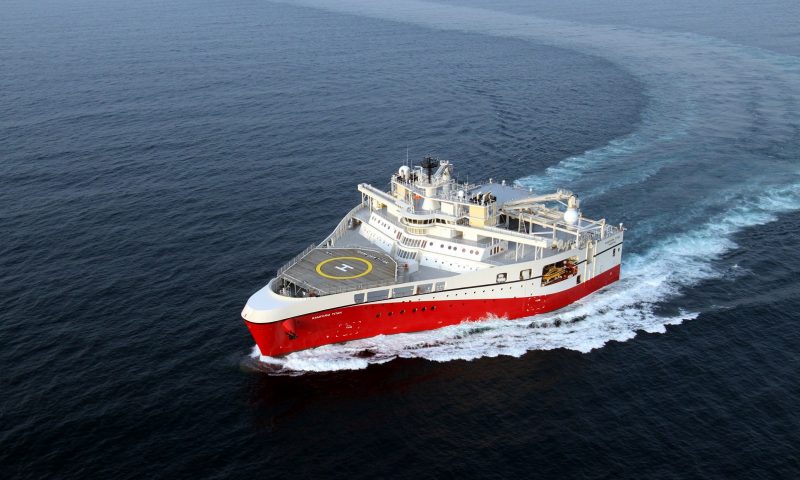
PGS Improves Presalt Imaging in Brazil
The March edition of First Break focuses on modeling and interpretation and features an article from PGS on improving presalt imaging by deploying innovative model driven technology. The authors outline the impact of advanced modeling and inversion technologies on seismic data reprocessing to support exploration and production objectives in a prolific presalt play offshore Brazil.
Sriram Arasanipalai, lead author of the article reports: “Rigorous benchmarking of the velocity model against geological subsurface information enabled a more accurate model build and more reliable seismic images.”
Read the full paper Improved presalt imaging using innovative model driven imaging technology
The underlying seismic data are from the Santos Vision project that combines15 different legacy surveys with variable acquisition parameters into a seamless broadband seismic volume over more than 50 000 sq. km in the Santos Basin, Brazil.
The use of modern modeling and inversion technologies and benchmarking of the earth model against geological constraints has enabled a high-quality seismic image primarily focusing on the prolific presalt play. It demonstrates the value legacy seismic data has for alleviating all forms of uncertainty, when reprocessed with new technologies.
The model building workflow was optimized using Full Waveform Inversion (FWI), resulting in a more accurate model and seismic image of the presalt data. Least-squares migration (PGS LSM) was used to compensate for variable illumination and resolution, particularly with angle.
The final data was accurately imaged with reliable amplitudes in both the prestack and poststack domains, which enables a new level of confidence in data interpretability and reservoir characterization.

Comparison of angle stacks from conventional migration (left) and LSM (right) showing the compensation for illumination, improvement in resolution and amplitude fidelity with angle.












